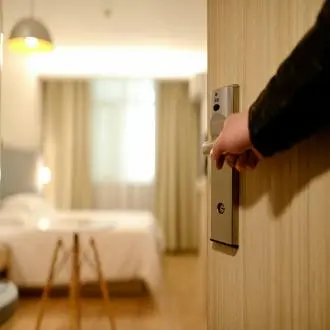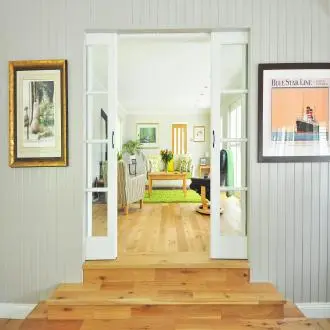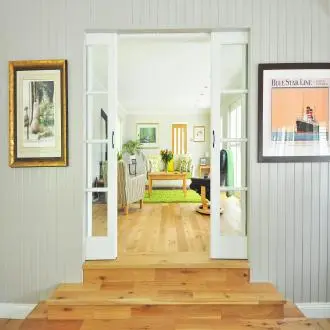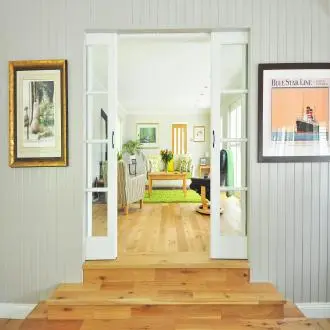Transcription techniquesandproceduresforcleaningandmaintainingfurniture,decorativeelementsandinstallatio
Professional cleaning is based on the application of standardized techniques and procedures that guarantee the effective removal of dirt and germs from all surfaces.
Knowledge of these techniques, together with the correct use of products, is what distinguishes high-quality work.
General Principles and Fundamental Cleaning Techniques
The cleaning process seeks to remove dirt from a surface using detergents to eradicate most germs.
Four types of cleaning can be distinguished: Physical (mechanical action of removing dirt), Chemical (when a product is involved), Bacteriological (when a disinfectant is used) and Psychological (the final observation to verify that everything is in perfect order).
The techniques used are varied: dry sweeping removes loose dirt with mops or vacuum cleaners; wet sweeping uses a damp mop or cloth to collect fine dust without lifting it; Wet dusting is done on furniture with cloths; the double-bucket technique uses one bucket of cleaning solution and another of clean water for rinsing; and the zigzag technique ensures even coverage when mopping the floor.
Specific Cleaning of Furniture and Decorative Elements
Each material requires a specific treatment. Washable furniture is cleaned with water and neutral detergent.
Non-washable furniture is simply dusted with a damp cloth or a specific product.
Wooden furniture is cleaned with special care products, while leather furniture is treated with wax or colorless cream.
Upholstered chairs are vacuumed and stains are treated with dry foam.
Computer equipment and televisions are cleaned with a multipurpose product, and mirrors with a glass cleaner.
Procedures for Cleaning Fixed Installations
The cleaning of the installations follows a logical order.
The coverings are treated according to their type: hard (marble, terrazzo) are swept and then scrubbed; soft (linoleum) are treated with wax; and textiles (carpets) are vacuumed daily.
Ceilings and walls are dusted with a vacuum cleaner or mop, and if the paint is plastic, it can be washed.
Bathrooms are one of the most important tasks and require meticulous daily cleaning, following a sequence: walls, toilet, sink, mirrors, refilling dispensers and, finally, scrubbing with disinfectant detergent.
It is crucial to use alkaline detergents for greasy dirt and acidic detergents for mineral dirt.
Other installations such as elevators, radiators or blinds also have their own frequent cleaning protocols to keep them in perfect condition.
Sinner's Circle and the Room Cleaning Sequence
A complete and effective cleaning is based on the theory of Sinner's Circle, which combines four variable factors: mechanical action (rubbing), chemical action (the product), temperature and action time.
The sequence for cleaning a
techniques and procedures for cleaning and maintaining furniture decorative elements and installations




